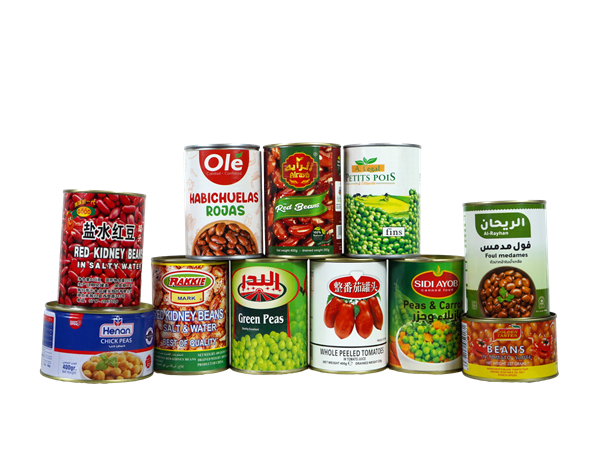In the process of making canned vegetables, there are several key steps to ensure the quality, safety, and shelf life of the cans:
1. Raw material preparation: Choosing high-quality fresh vegetables is the foundation for making high-quality canned food. Remove damaged or rotten parts to ensure the cleanliness and integrity of vegetables.
2. Blanching (blanching): This step involves heating vegetables for a short period of time to remove impurities and enzymes, maintaining the color, texture, and nutrition of the vegetables. Cool quickly after blanching to prevent overcooking.
3. Canning and sealing: Put vegetables and appropriate liquids (such as salt water or sugar water) into sterilized canned containers. Sealing is key, and it is necessary to ensure that the can is completely sealed to prevent air and microorganisms from entering.
4. Sterilization: This is the most important step in ensuring the safety of canned goods. Through high-temperature and high-pressure treatment, all microorganisms inside the can are killed to prevent spoilage. The sterilization conditions (temperature and time) must be strictly controlled to ensure thorough sterilization without damaging the texture of the vegetables.
5. Cooling and inspection: Quickly cool the can to prevent overcooking while ensuring sealing. After cooling, conduct quality inspection to check the sealing and quality of the contents, ensuring that each can meets safety standards.
These key steps together ensure the safety, flavor, and longer shelf life of canned vegetables.

